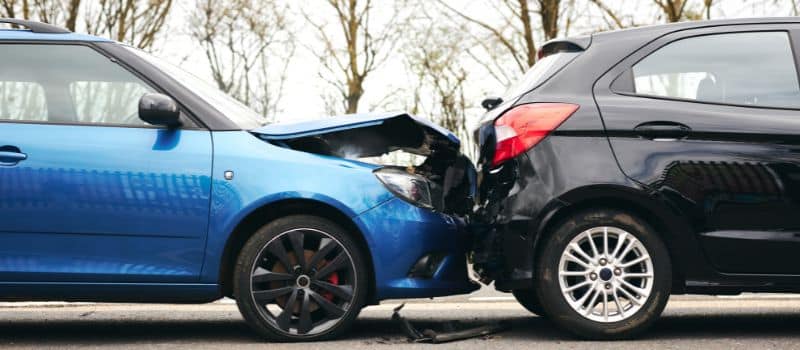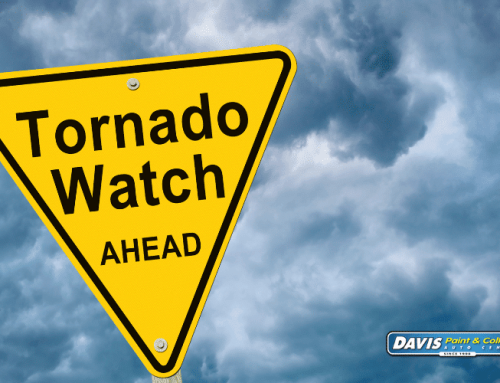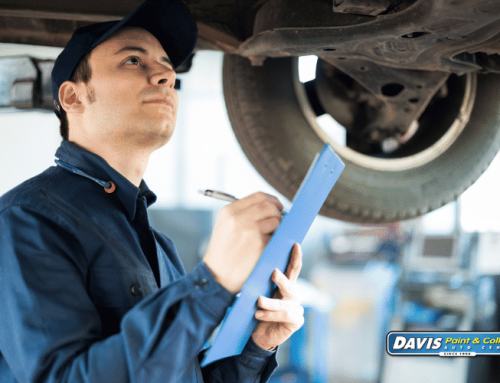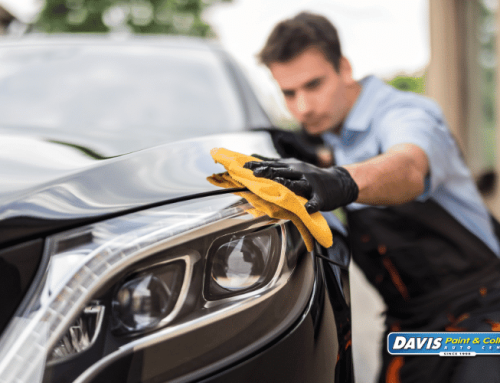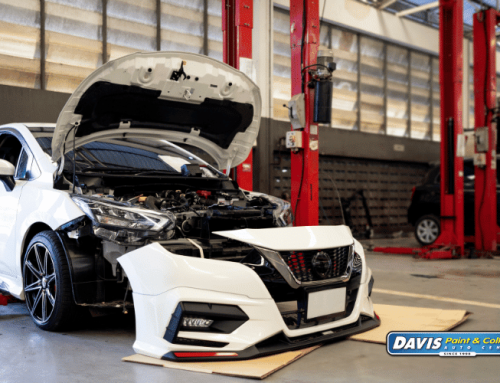We’ve all been there – that heart-stopping moment when you find yourself in a car accident. It’s a situation nobody wishes for, but unfortunately, it’s a part of our driving reality. The good news is that, in most cases, cars can be repaired and made roadworthy again. However, the specific repairs needed can vary greatly depending on the type of accident. In this blog post, we’re going to dive into the world of collision repairs and help you understand the common types of car accidents and what it takes to get your trusty ride back in top shape. So, buckle up (pun intended), and let’s explore the fascinating world of car accident repairs!
Types of Collisions
- Rear-End Collision:
- Commonly involves damage to the rear bumper, trunk, and sometimes the rear frame.
- Repairs often include replacing or repairing the damaged bumper, trunk, and alignment checks to ensure the frame is straight.
- Front-End Collision:
- Front-end collisions can result in damage to the grille, headlights, fenders, and the engine compartment.
- Repairs may include replacing damaged parts, realigning the front frame, and assessing engine damage.
- Side-Impact Collision (T-Bone):
- These accidents typically result in damage to the doors, side panels, and sometimes the frame.
- Repairs often involve replacing damaged doors, side panels, and checking for structural damage to the vehicle’s frame.
- Roll-Over Accidents:
- Roll-over accidents can cause extensive damage to the roof, windows, and the vehicle’s structural integrity.
- Repairs may require roof replacement, window replacement, and a thorough inspection for hidden structural damage.
- Single-Vehicle Accidents (Collisions with Objects):
- Damage in these cases depends on the object struck (e.g., a tree, pole, or wall).
- Repairs will vary but typically involve bodywork, panel replacement, and addressing damage to the vehicle’s suspension.
- Multi-Vehicle Pile-Ups:
- In multi-vehicle accidents, damage can be extensive and affect various parts of the vehicle.
- Repairs often involve a combination of the above-mentioned repair types, depending on the specific damage to each vehicle.
- Rollover Accidents:
- Rollover accidents can lead to significant damage to the roof, windows, and the vehicle’s structural integrity.
- Repairs may include roof replacement, window replacement, and a thorough inspection for hidden structural damage.
- Hit and Run Accidents:
- Hit and run accidents can result in damage to various parts of the vehicle, depending on the point of impact.
- Repairs will vary but typically involve identifying and repairing or replacing damaged components.
- Low-Speed Collisions (Parking Lot Accidents):
- Low-speed collisions can cause minor but frustrating damage, often to bumpers and body panels.
- Repairs may involve paint touch-ups, dent removal, or bumper replacement, depending on the extent of the damage.
- High-Speed Collisions:
- High-speed accidents can result in extensive damage to multiple parts of the vehicle, often requiring complex repairs.
- Repairs may include frame straightening, engine repairs, and comprehensive bodywork.
Remember that the severity of damage can vary widely even within the same type of accident, and the repairs needed will depend on factors such as vehicle make and model, safety features, and the force of impact. It’s essential to have a qualified collision repair shop assess the damage and determine the necessary repairs for your specific situation.
The Body Shop Makes A Difference
Choosing the right body shop for your auto repairs can make all the difference because their expertise, equipment, and dedication can ensure your vehicle is restored to its pre-accident condition. A reputable body shop employs skilled technicians who understand the intricacies of modern vehicles and use advanced technology to perform precise repairs. This not only ensures your safety but also maintains your car’s value and appearance, making the right body shop a crucial partner in your post-accident journey.


